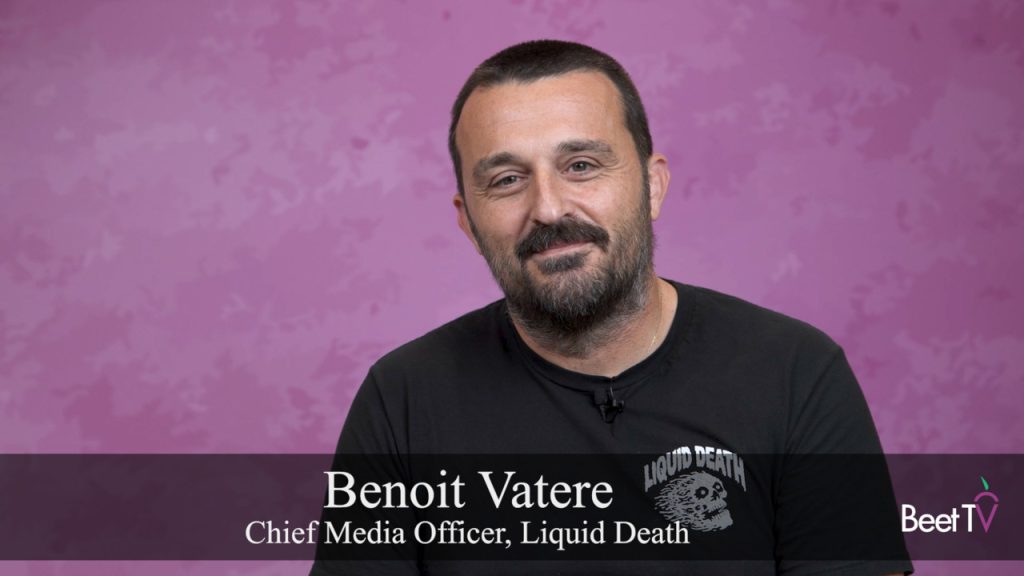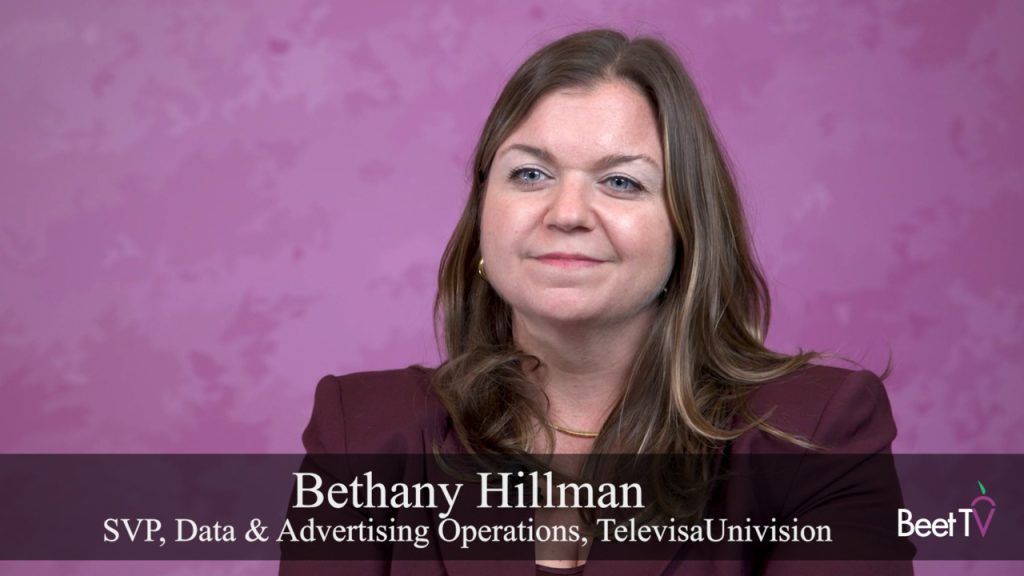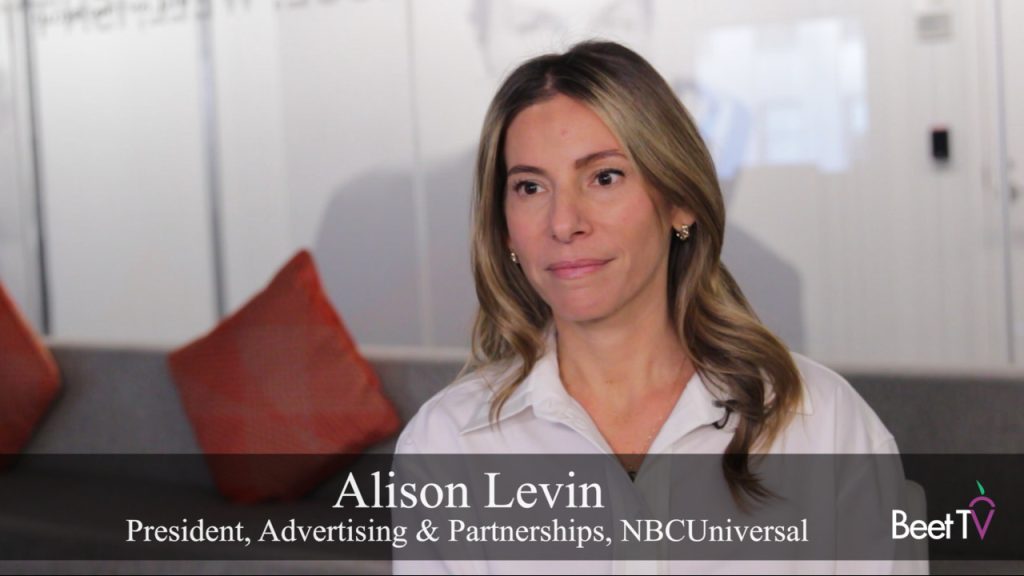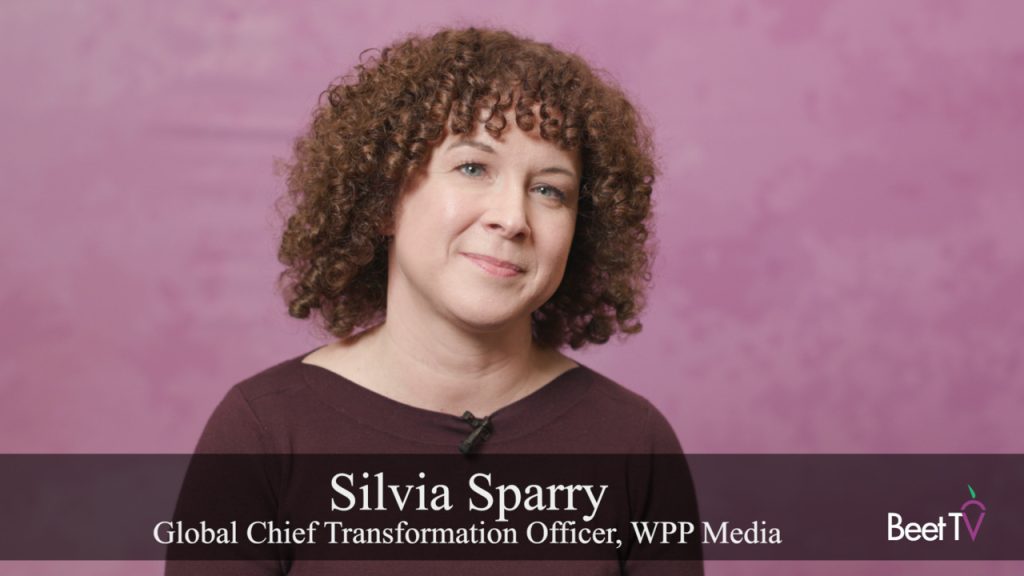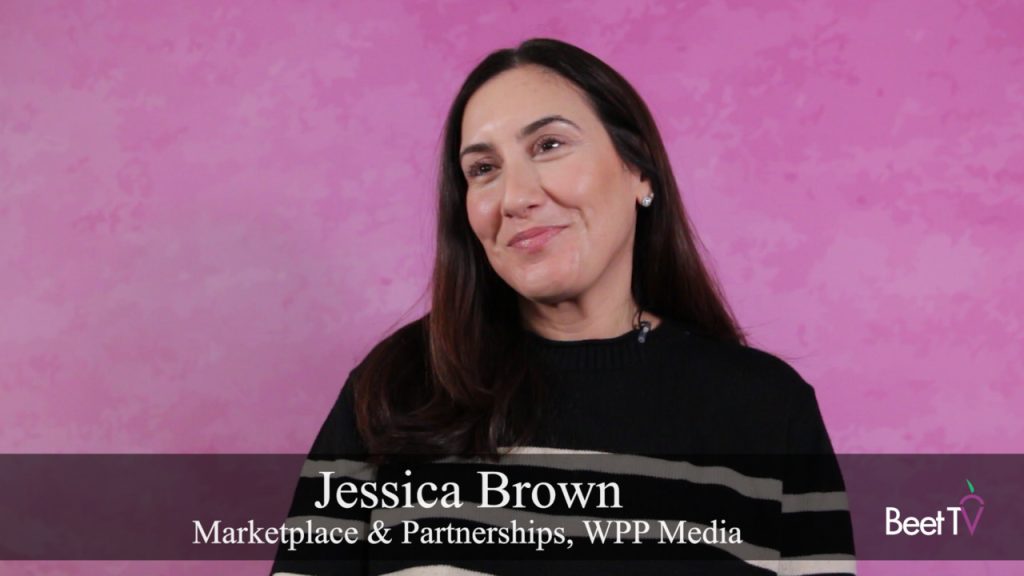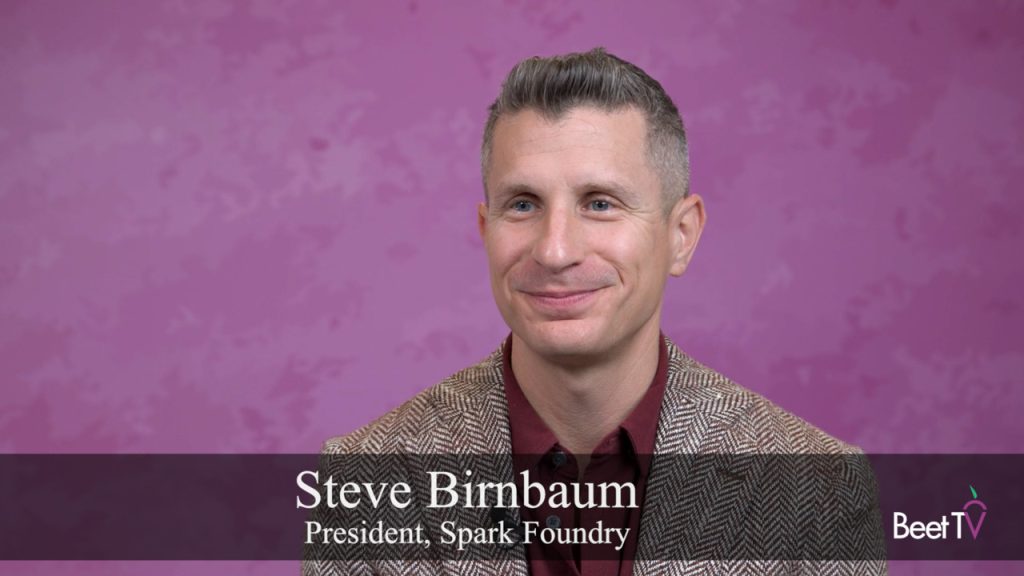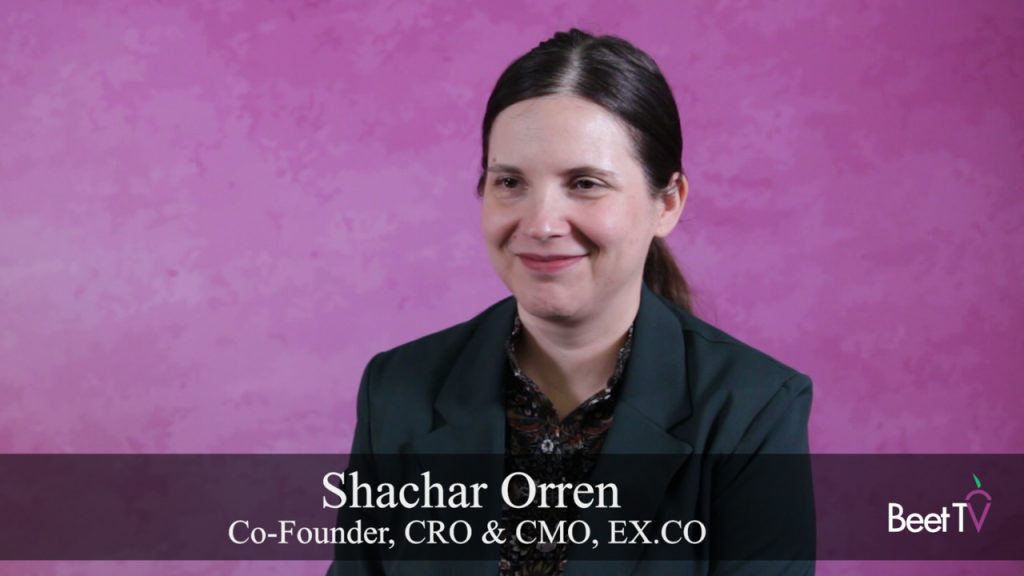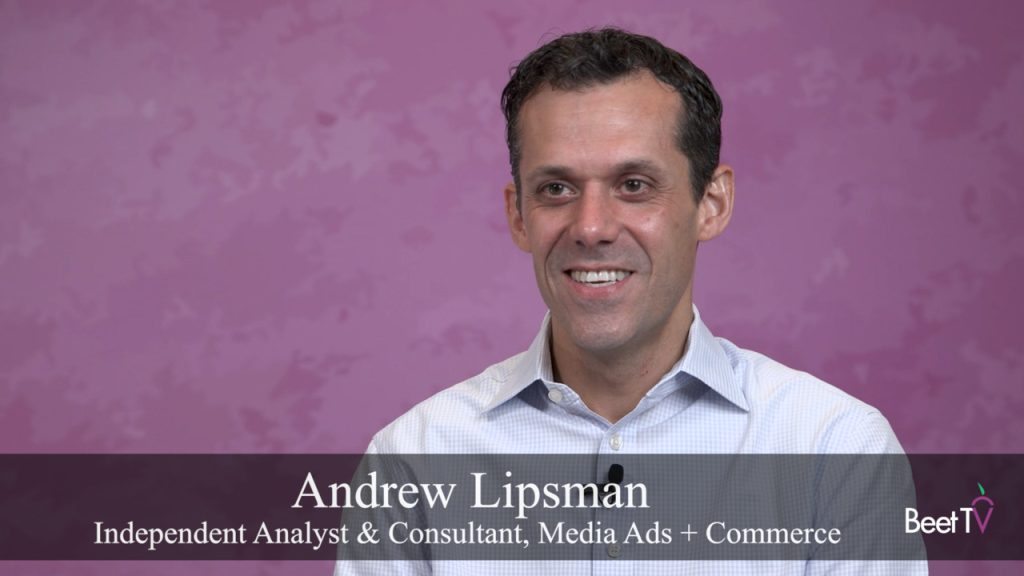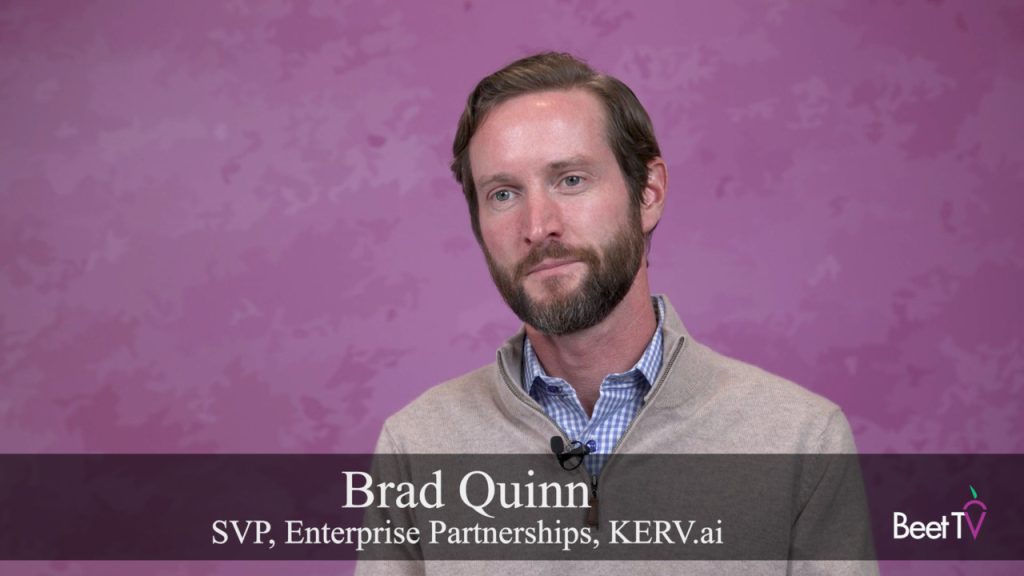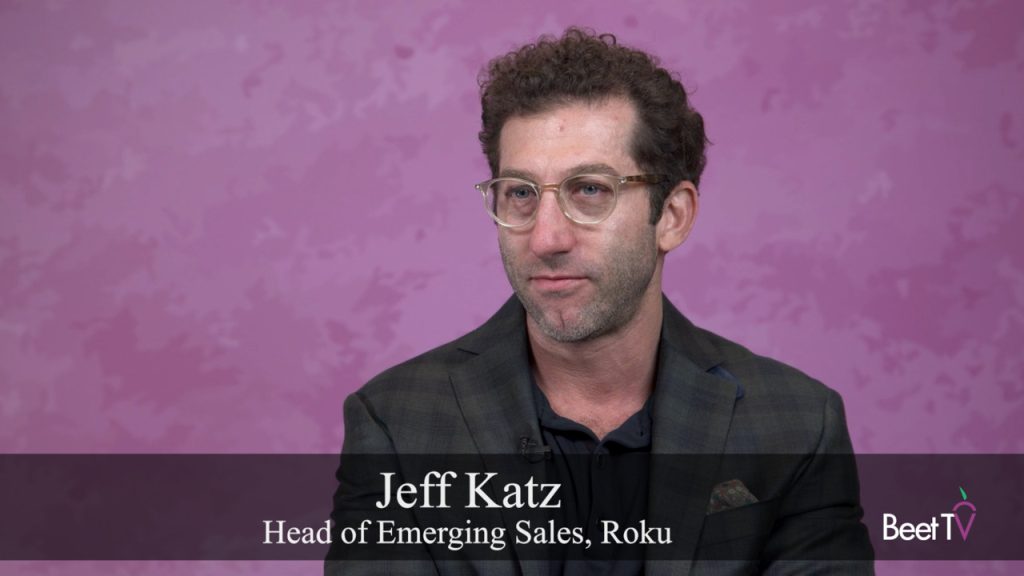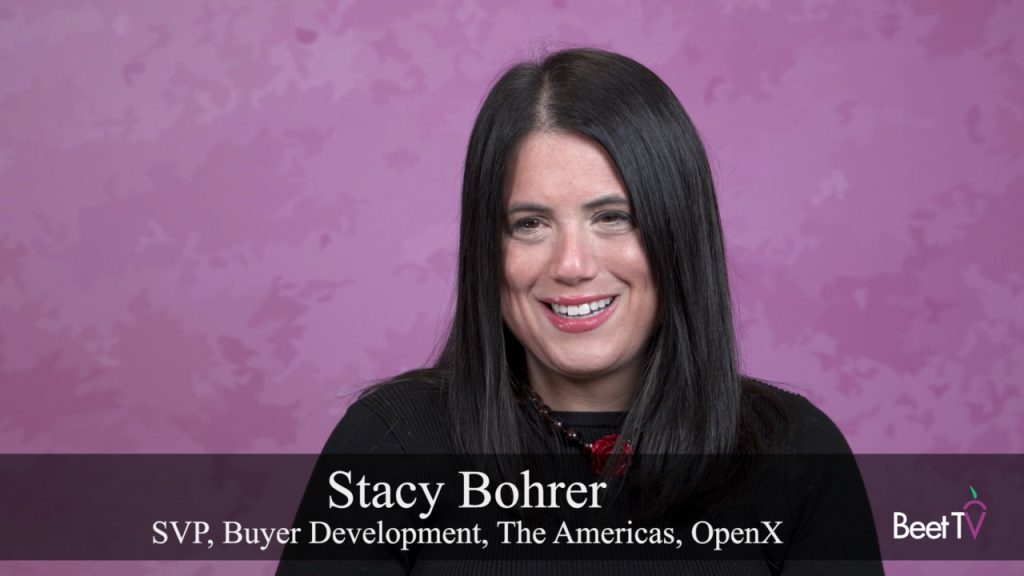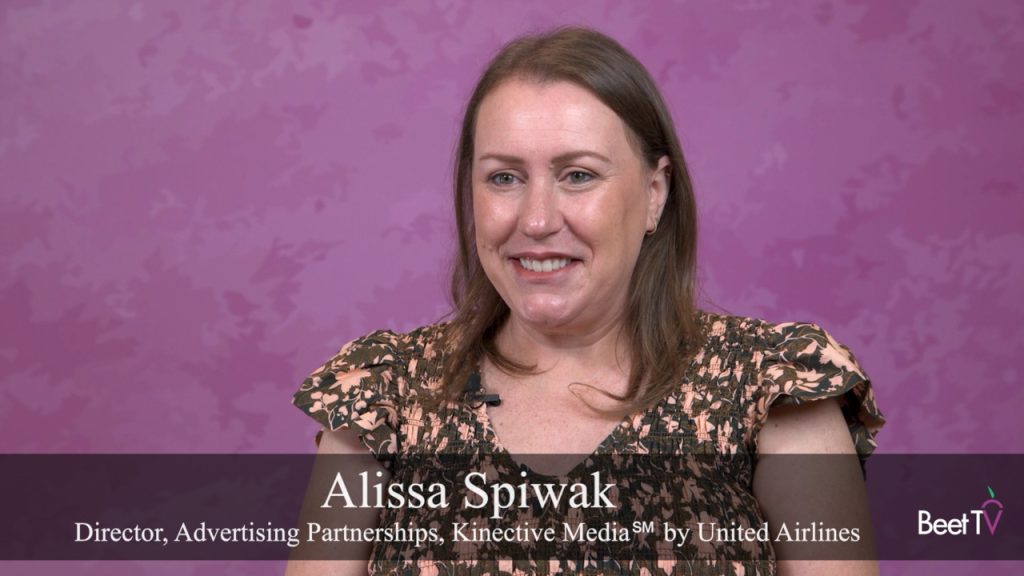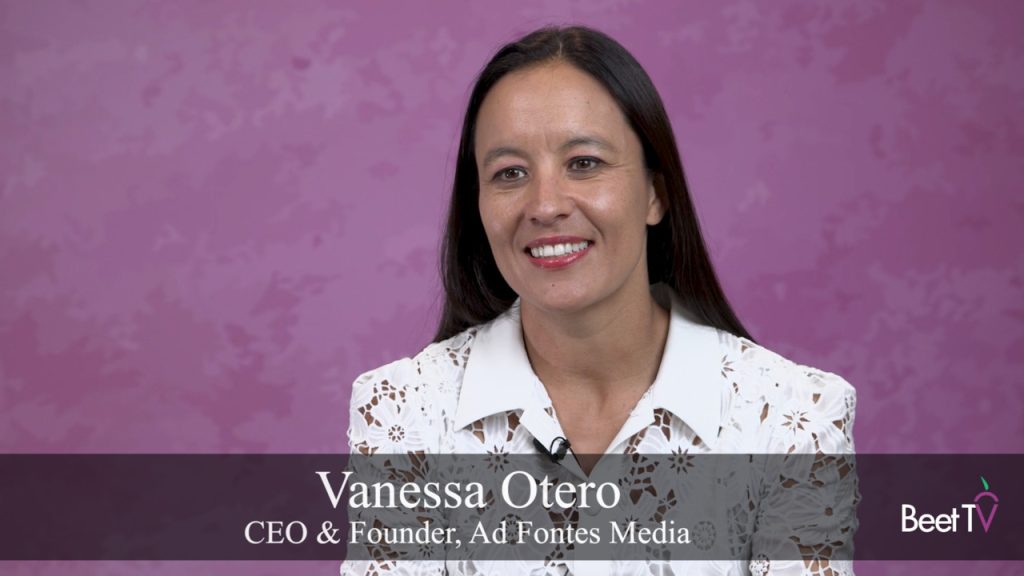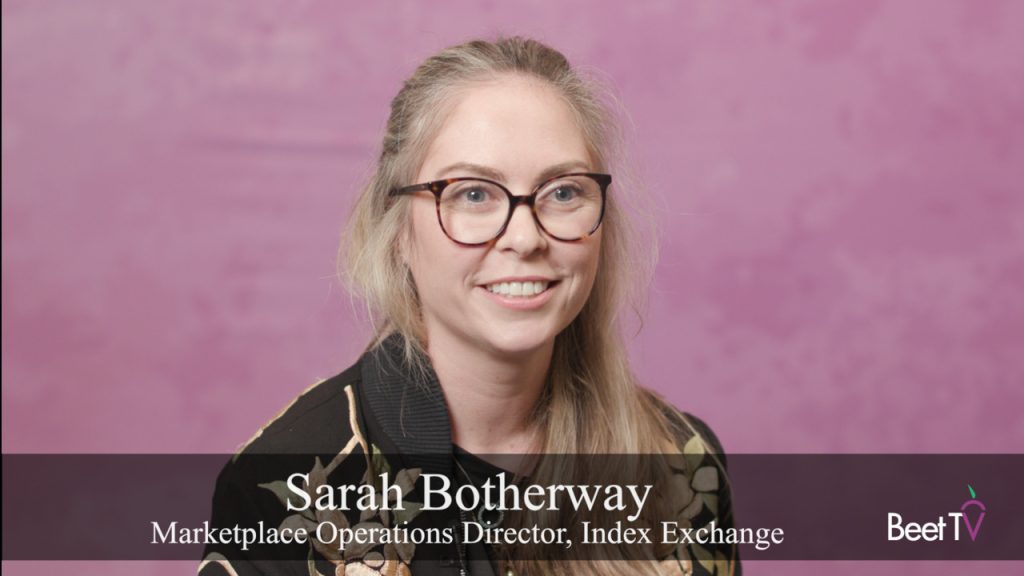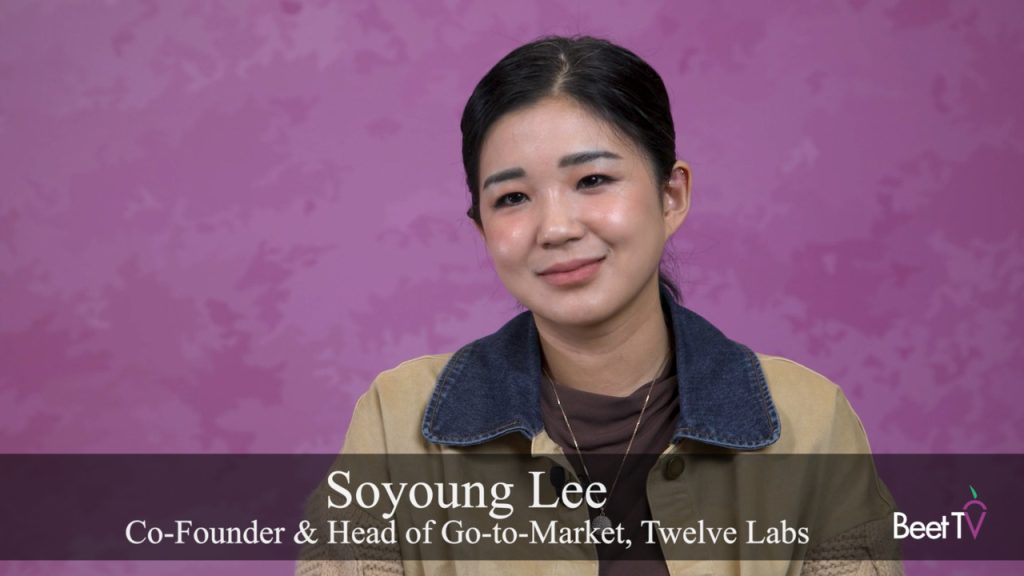The push for cleaner supply paths in connected TV advertising often focuses on what publishers provide, but true clarity may require more than just one side laying its cards on the table.
With programmatic buying in CTV reckoned to have hit $30.1 billion in the US in 2024, the complexity of the transaction chain demands a reciprocal flow of information.
Ensuring brand safety and optimizing campaign delivery hinges not just on publishers passing signals like content ratings or genres, but also on advertisers revealing critical details about the creatives being served, argued Kyle Turner, director, product strategy, ads, Philo, in this video interview with Beet.TV’s Lisa Granatstein.
Transparency rewards
Turner says Philo is working to provide marketers with signals including content rating, genre and live stream status.
“I believe that if there is a publisher that’s out there that’s providing these signals, they should be rewarded and incentivized to provide these to brands in order to have the most clean path for the buyer,” he added.
That matches a growing industry focus on transparency in ad buying. The IAB Tech Lab has been working on initiatives including ads.txt, sellers.json and supply chain object to improve visibility into the ad supply chain.
But Turner thinks supply path optimization (SPO) needs to start with validation of the supply path itself.
“Prior to optimizing the path, we need to identify the path and confirm that path,” he said. “I look at it as both a pre-buy and a post-buy.”
He called for the IAB to develop specifications for sharing multiple contextual signals similar to the Extended ID (EID) values used for audience signals.
Turner also highlights the IAB Tech Lab’s Ad Creative ID Framework (ACIF) as a promising development that could help publishers better understand incoming creative content.
Two-way transparency
Despite the rise of programmatic buying – which Turner says accounts for “100% of our buys” at Philo – he emphasizes the continued importance of human relationships: “We work in a world where it’s machines talking to machines and that’s fantastic, but it starts with the high-level conversation, which is a human-to-human interaction with the publisher.”
Turner believes the current transparency push is too one-sided, with publishers expected to provide extensive signals while buyers often withhold key information.
“The idea of passing signaling has to be a two-way street,” he said. “Today there’s some loss in terms of understanding what the actual creative brand is, or the creative category, that comes down to us.”
This information gap creates challenges for publishers like Philo in managing frequency capping and ad repetition – issues that directly impact viewer experience. According to a 2023 study by Nexxen, 43% of viewers will switch to a different streaming service for the same content if they encounter repetitive ads.




























